
At Tatarlı Höyük, a structure from the Middle Bronze Age with a plastered floor has been uncovered
Archaeologists have uncovered a structure with a plastered floor from the Middle Ages at Tatarlı Höyük in the Ceyhan district of Adana.
Tatarlı Höyük has experienced continuous settlement from the Neolithic period to the Roman period.
Its proximity to the Amanos Mountains and control over natural passes have made Tatarlı Höyük an important trade and strategic point throughout various periods.
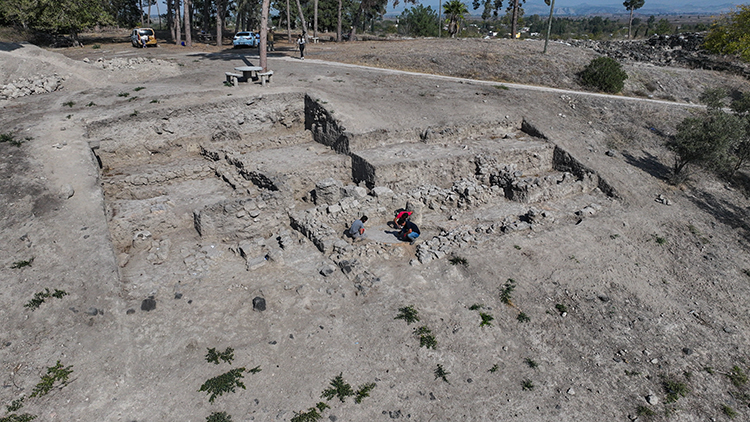
Assoc. Prof. Dr. Kazım Serdar Girginer, a faculty member of the Archaeology Department at Çukurova University and the head of the excavation, stated that they believe the structure they uncovered is a sacred area.
📣 Our WhatsApp channel is now LIVE! Stay up-to-date with the latest news and updates, just click here to follow us on WhatsApp and never miss a thing!!
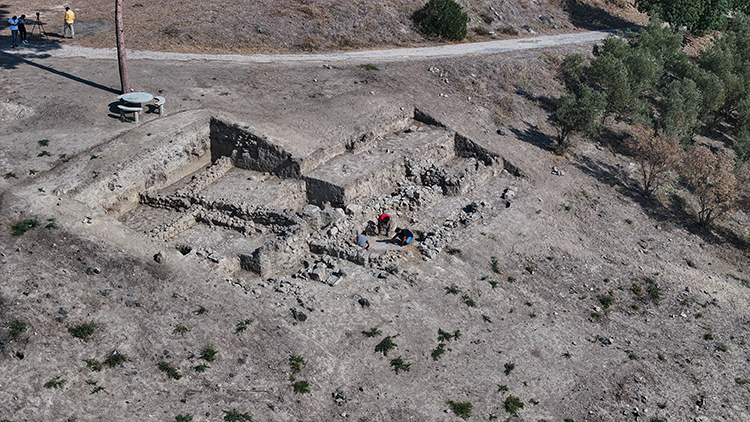
In the ongoing work at two areas of the architectural structure, a terracotta female figure representing an important goddess cult, influenced by northern Syrian culture, has also been discovered.
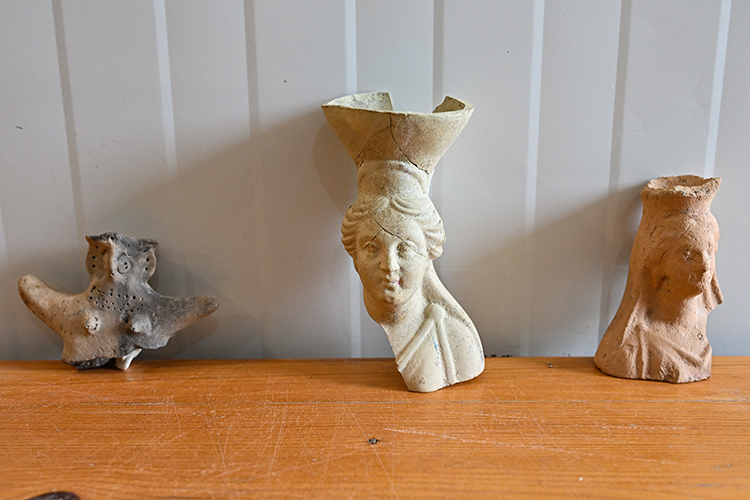
In the upper levels of the area where the figure was found, a bronze votive nail was uncovered, featuring a high pointed headdress, earrings, a necklace around the neck, and a belt. It is believed that the votive nail was placed to protect the structure from evil.
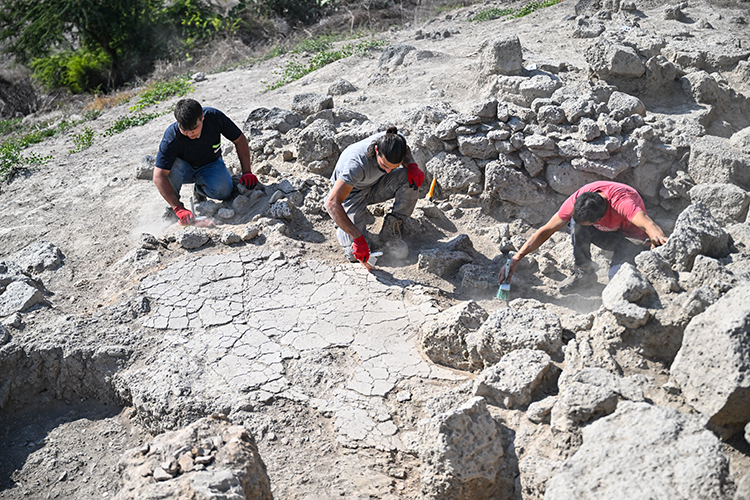
Assoc. Prof. Dr. Girginer said, “In terms of architecture, we can learn that this building is sacred with the careful plastering of the floors and other finds. The artifacts are already special artifacts. For the first time in Tatarlı Höyük, we uncovered such a structure with a preserved floor from the Middle Bronze Age.”
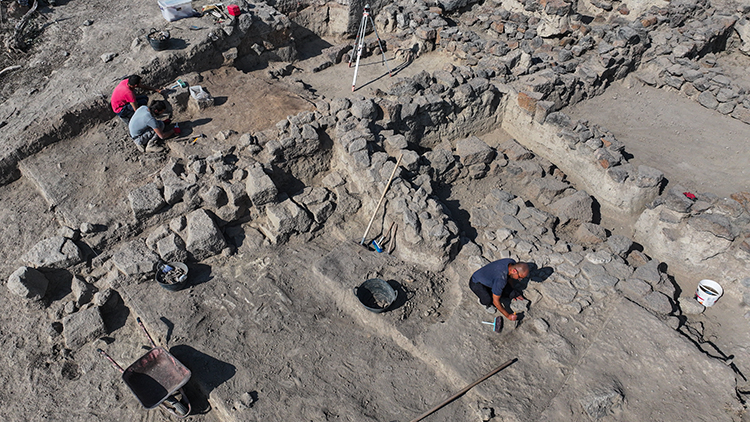
“Besides the data related to the sacred structure, we have also encountered significant artifacts. One of these is a nude female figure, which is commonly found in northern Syria. However, do not think of Syria in terms of today’s borders; we are talking about 4,000 years ago. 4,500 years ago, this region was home to large and advanced cities. Similar artifacts have also been found in Cilicia. Additionally, we have a bronze artifact, which is typically buried beneath the foundations of sacred or administrative structures before they are built. It is believed that this artifact will protect the structure. These are protective figures.”
Cover Photo: Eren Bozkurt/Anadolu Agency
You may also like
- A 1700-year-old statue of Pan unearthed during the excavations at Polyeuktos in İstanbul
- The granary was found in the ancient city of Sebaste, founded by the first Roman emperor Augustus
- Donalar Kale Kapı Rock Tomb or Donalar Rock Tomb
- Theater emerges as works continue in ancient city of Perinthos
- Urartian King Argishti’s bronze shield revealed the name of an unknown country
- The religious center of Lycia, the ancient city of Letoon
- Who were the Luwians?
- A new study brings a fresh perspective on the Anatolian origin of the Indo-European languages
- Perhaps the oldest thermal treatment center in the world, which has been in continuous use for 2000 years -Basilica Therma Roman Bath or King’s Daughter-
- The largest synagogue of the ancient world, located in the ancient city of Sardis, is being restored











Leave a Reply